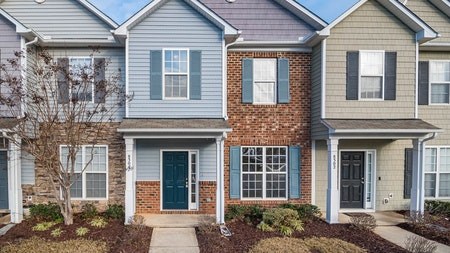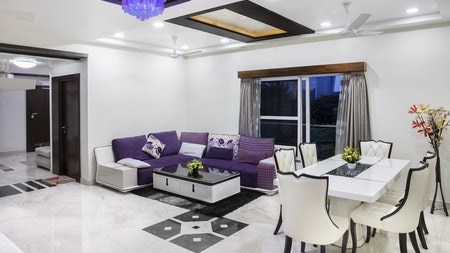Within our Constitution is the right of everyone to have access to adequate housing. How the government addresses this is through a number of programmes, including a free basic house scheme, which unfortunately discounts those who earn between R3501 and R22 000 a month. This is a salary band that is considered a ‘gap’ market because this income group is impacted further by generally being regarded as too low to afford a home loan.
The Finance Linked Individual Subsidy Programme (FLISP) was introduced by the Department of Human Settlements to help this ‘gap’ market to afford their first property purchase. FLISP enables qualifying beneficiaries a reduction in their initial mortgage loan payment or can cover a shortfall between the qualifying home loan and the total house price.
Absa provides a summary of FLISP, and encourages any candidates to work through the lists provided below, to ensure that an application has the best possible outcome.
Qualifying criteria
To qualify for FLISP assistance, an individual must be compliant with the following:
- Must have a valid South African ID, and/or be a legal permanent resident with a valid permit
- Has never benefited from any of the government’s housing subsidy schemes
- Has applied and been approved in principle for a home loan from an accredited South African financial institution
- Must be a first time home buyer, earning an income of between R3501 to R22 000 a month
- Must have financial dependents (for example children, unworking elderly, or supporting an unable-to-work individual).
Assuming you meet the criteria, you need to determine what type of residential property you wish to purchase or build.
What can you buy or build with FLISP?
Only residential property can be bought using a subsidy. This includes:
- A new or old residential property
- A vacant serviced residential stand, which must be linked to a National Home Builders Registration Council (NHBRC)-registered home builder contract
- A residential build on a self-owned serviced residential stand, and only through an NHBRC registered home builder.
- A residential build on a property on a tribal stand available through Permission to Occupy (PTO), and linked to an NHBRC-registered home building with a building contract.
First-time homeowners need to know:
The following list prepares you to make an application through Absa for a home loan.
- Check your credit profile and retrieve a credit report. This can be done online through an accredited credit bureau.
- Use the pre-qualification tool: The Absa Home Loan Estimator lets you make an informed decision about what you can afford before you commit, and you’ll receive a Home Loan Estimator Certificate with an offer, which you may use to shop for your dream home. Simply visit www.absa.co.za/HLE to access the pre-qualification tool or download the Absa Homeowner App from the Google Playstore.
- Search for a property on Private Property website.
- Prepare for the associated costs to purchasing a home:
1.Transfer and Bond Registration costs
2.Building insurance for your home
3.Municipality costs
4.Moving into your new home - plan the move.
Absa provides a free e-learning platform for anyone wanting to learn about the in’s and outs of homeownership and the platform helps to answer all your pressing questions before embarking on homeownership. You may access this platform from the Absa website along with other tools that are easily accessible for buyers. Simply visit www.absa.co.za/homeloans
What subsidy are you entitled to with FLISP?
A first time home owner’s qualifying amount, even if it is a joint income household, may vary between R27 960 and R121 626, it all depends on your income and affordability assessment.
To give you an example of what you may be able to afford, with a FLISP in place, let’s look at this simple example:
You earn R9 000 per month and you qualify for a home loan of R300 000. Two scenarios can come into play here:
Scenario 1: Let’s assume Absa approves your application for a R300 000 home loan. Based on FLISP’s sliding scale, which you can access through the National Housing Finance Corporation (NHFC) website, you will be entitled to a subsidy of R93 526, which means your home loan will be reduced to R206 474.
Scenario 2: The bank only approves a home loan of R206 474. The FLISP subsidy of R93 526 means your eventual home loan amount is also R206 474.
That is a huge difference in terms of your monthly saving, dependent on the interest rate that is applicable at the time.
FLISP approval process
- Once the home loan lender (bank) grants approval in principle of the home loan, the applicant must submit a completed FLISP Application Form to the NHFC.
- If approved, the NHFC will place the subsidy into the transferring attorney’s trust account, or directly into the beneficiary’s home loan account, dependent on type of subsidy application.
Absa recommends that those considering FLISP, to visit FLISP@nhfc.co.za or www.nhfc.co.za for detailed information.




